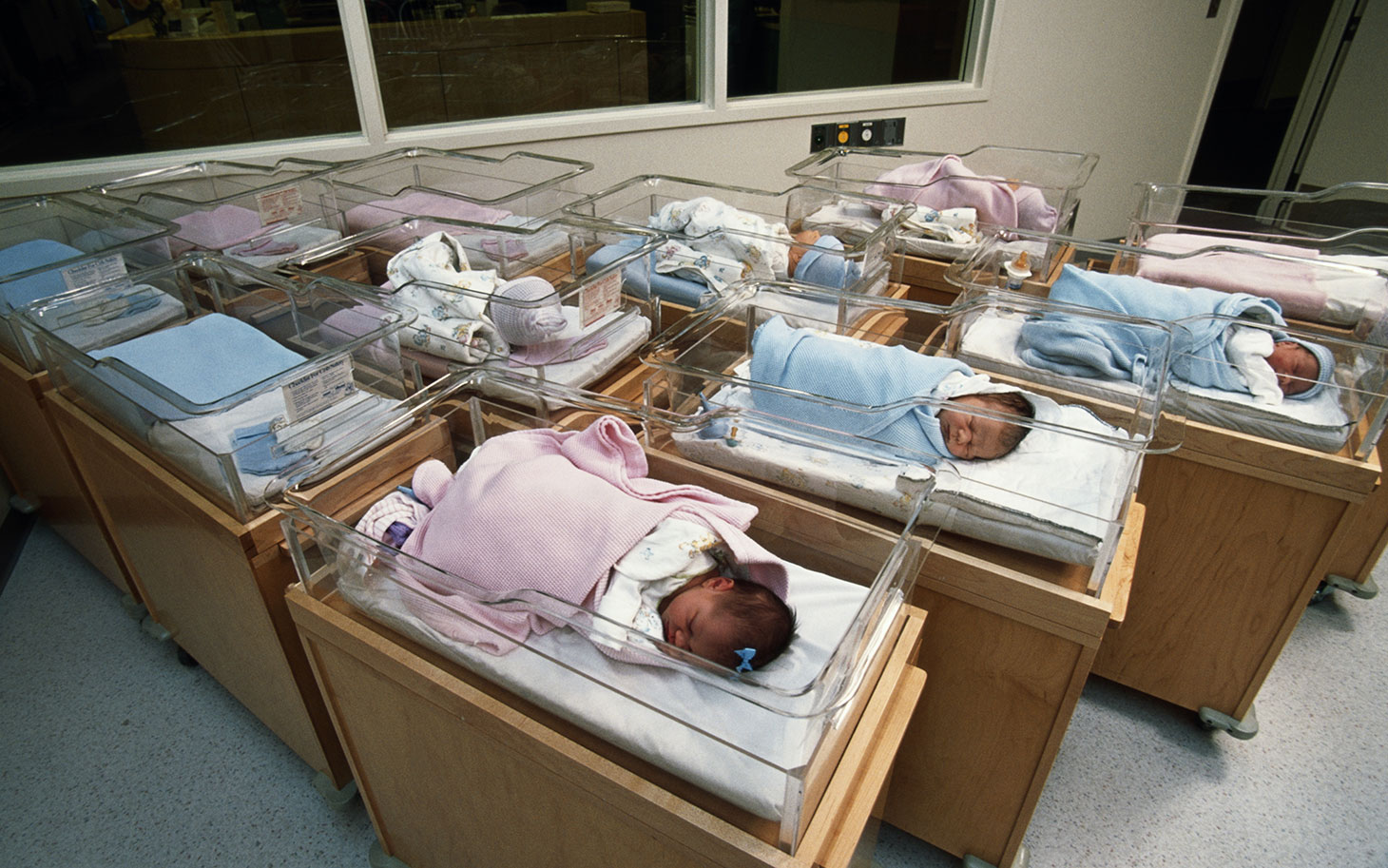
According to a recent UN report, by the end of this century, Africa will account for over 40 per cent of the global human population. For many, this appears to be quite an astonishing prediction. In 1950, Africa accounted for a mere 9 per cent of the world’s population. Relentlessly stricken with poverty, famine, war, political instability, the HIV/AIDS epidemic or other adversities, one would expect the continent’s population to have significantly dwindled since then.
However, Africa has proven itself a resilient entity in the global community. Rising powers such as Nigeria and South Africa have slowly but surely earned key positions in international markets. The increasing value of oil as a commodity has also heavily benefited many African economies, allowing certain social classes to better tackle healthcare issues, social conflict and financial instability. If Africa’s population resisted its own depletion in the face of endless hardships, is it all that surprising to see it surge in a hopefully obstacle-free future?
Let us now cross the Atlantic and examine population trends in another country: Canada. Canada has time and time again found itself severely challenged by population stability, let alone growth. Consistently low birth rates have made waves of immigration essential to the country’s economic well-being. One might even say that Canada’s fundamental ability to function, at one point in time, entirely depended on the predicted flow of incoming immigrants. Such a situation is far from unique — Australia’s history is similarly fraught with migration waves key to the country’s welfare. Whereas both Canada and Australia managed to combat their population challenges successfully, other places found the situation to be a bit trickier.
The U.S Commonwealth of Puerto Rico, for example, recently faced its greatest population decline since the Second World War. Inhabitants of the island, being American citizens, have the right to live in any part of the United States of America — mainland included. According to a Pew Research report released on August 11, between 2010 and 2013, approximately 144,000 people left Puerto Rico for mainland America. The number of Puerto Ricans living on the mainland, an all time high of 4.9 million, is now larger than the 3.5 million living on the actual island.
Why are Puerto Ricans leaving their tropical home for the American continent? According to the report, the mass migration is largely due to the lack of employment opportunities on the island. Puerto Ricans now form the second largest Hispanic group on American mainland — the first group being Mexicans. Approximately 23 percent of all Puerto Ricans residing on US mainland live in New York. However, an increasing number of these islanders are heading down to the south of the U.S, an area who owes its sudden boom of economic opportunities to recent oil discoveries.
Puerto Ricans now form the second largest Hispanic group on American mainland — the first group being Mexicans.
The Pew Research report further concludes that mainland-born Puerto Ricans are more likely to enrol in higher education and earn money at a younger age. As the latter group achieves a higher social standing, Puerto Rico sees its inhabitants’ welfare faltering. According to Mark Hugo Lopez, director of Hispanic research at the Pew Research Centre, the US-owned island will continue its socioeconomic decline through to 2050 if changes are not made soon. Exactly what changes, however, is a whole other question.
For Iran, a country facing similar problems to Puerto Rico, government intervention seems to be the answer. The Middle Eastern nation is a unique case study given its back-and-forth population policies. During the war with Iraq, in the 19080s, Iran offered incentives to encourage families to have more children during the war.By the end of the decade, however, these incentives were withdrawn due to fears that a rapid population growth would harm the economy.
Just last week, Iran changed its mind again. Faced with worryingly low birth rates, the Iranian government decided to ban vasectomies. The bill itself was approved by 143 of the 231 parliament members. According to Supreme Leader Ayatollah Ali Khomenei, this change will both “strengthen national identity” and counter “undesirable aspects of Western lifestyles”.
However, many seem to disagree with the Iranian leader. The bill is particularly opposed by both health care professionals and women rights advocates, who believe it may be counter-productive. In Iran, abortion is legal under specific circumstances only: for instance, if the foetus is diagnosed with a severe birth defect, or if the mother’s life is at risk. Health advocates believe this rigid stance, as well as the anti-vasectomy bill, will lead to an increase in the number of illegal abortions. Although the bill has yet to be approved by the Guardian Council (whose role is to determine the compatibility of all legislature with Islam), there is no denying that fears of its repercussions are already widespread.
According to Islamic Republic News Agency, the birth rate in Iran is a low 1.6 children per woman. Recent data collected by the UN has reported that Iran’s median age, from 2013 to 2030, will increase from 28 to 40. By 2094, the population will have dropped from its current 75 million to a mere 31 million. The country has tried to boost birth rates by subsidising fertility treatments — but it is evident, with the new proposed bill, that the Iran government is not satisfied with the results so far.
State attempts to promote birth rates have been more successful in Scandinavian countries, where day cares and full parental leaves were publicly funded. However, that has not led to a single best way for countries to control their ever-volatile population levels.




